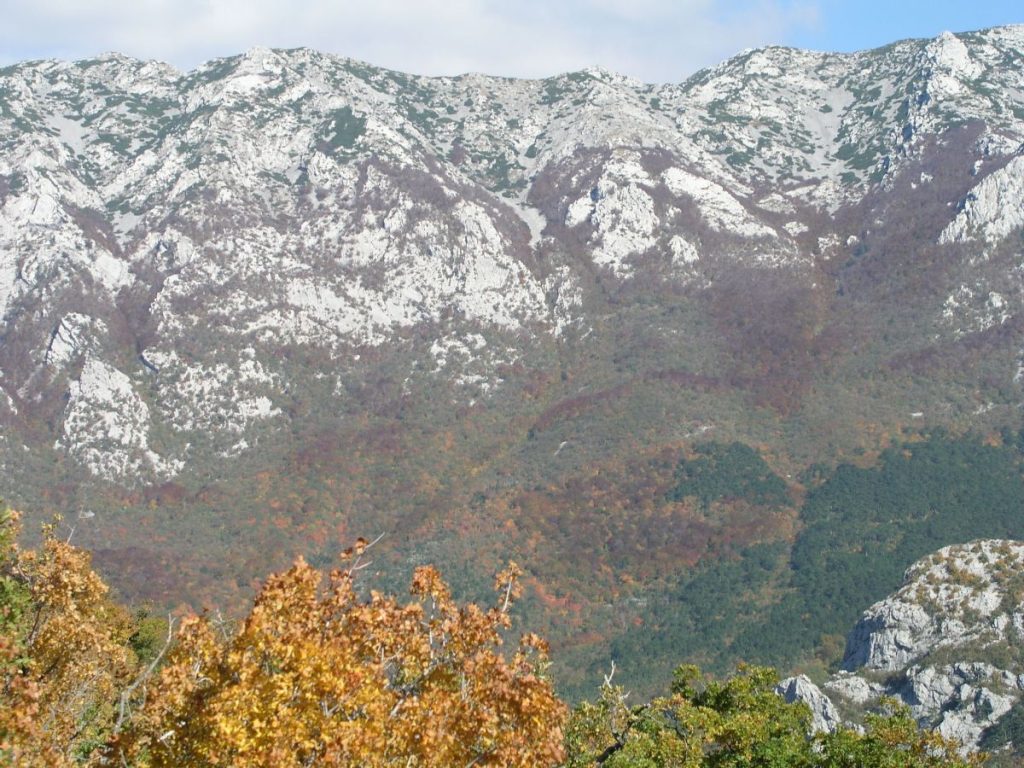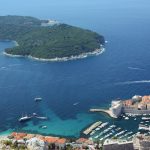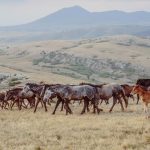TCN’s Filipa Marušić gives us a closer look at just why these incredible parts of the country deserve much more attention than they get.
This transboundary extension of the Primeval Beech Forests of the Carpathians spreads over twelve European countries, including Croatia. This multi-country World Heritage Site in Croatia covers parts of the popular National Parks – Northen Velebit and Paklenica, both of which are located on Velebit.
The countries included are Albania, Austria, Belgium, Bulgaria, Croatia, Germany, Italy, Poland, Romania, Slovakia, Slovenia, Spain and Ukraine. This extension of the World Heritage Site was inscribed on the 41st session of The World Heritage Committee in Krakow, Poland in July this year. This third extension includes 63 areas of beech forest, out of which Croatia has three areas located in the National Parks of Northen Velebit and Paklenica.
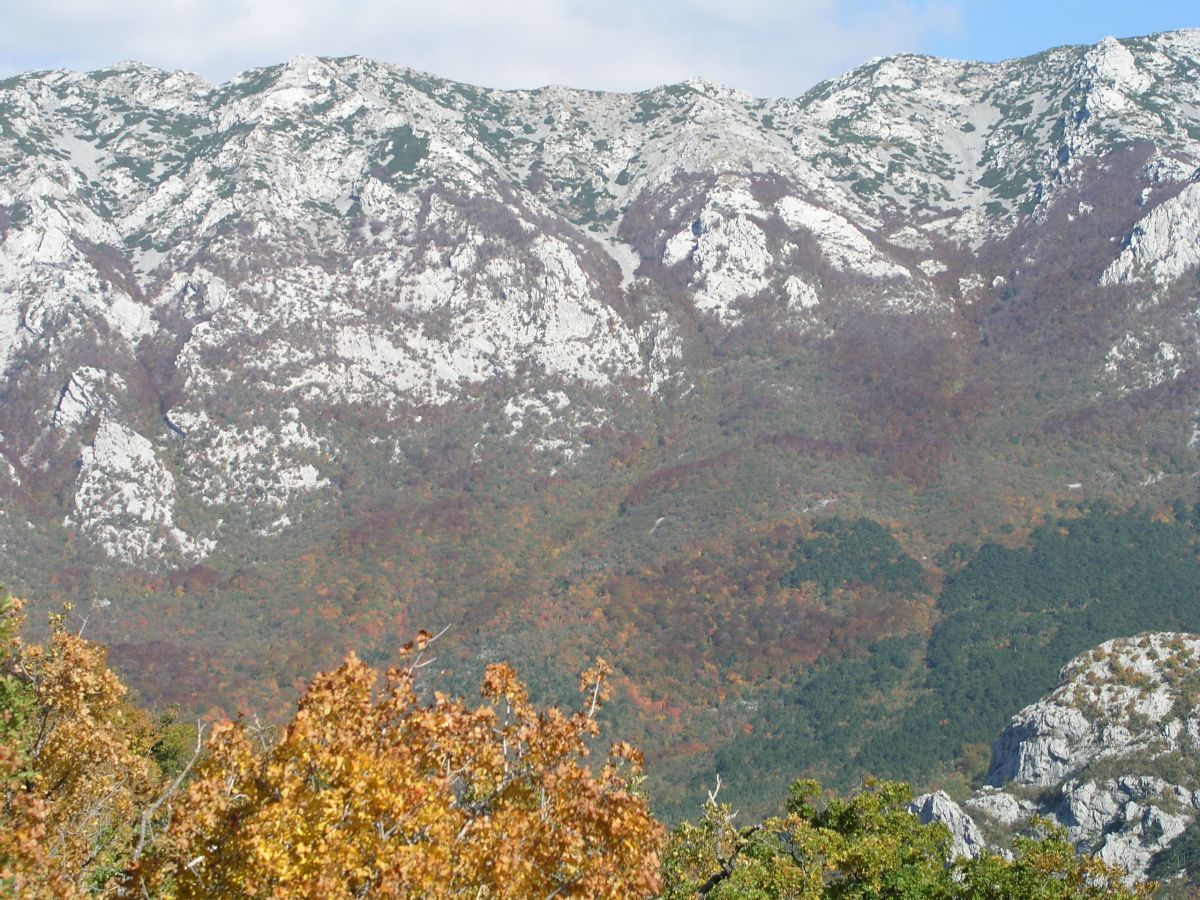
NP Paklenica
The first inscription to the UNESCO World Heritage list took place back in 2007, when the beech forests in Slovakia and Ukraine were inscribed. The second extension was a few years later, in 2010, with the inscription of an ancient forest in Germany. Then the World Heritage committee suggested the inscription of transboundary locations in order to protect these unique eco systems and to track all the ecological processes in the beech forests located in different environmental conditions. Since the end of the last Ice Age, European beech spread from a few isolated refuges in the Alps, the Carpathian mountains, the Mediterranean and the Pyrenees over a short period of a few thousand years, in a long, ongoing process.
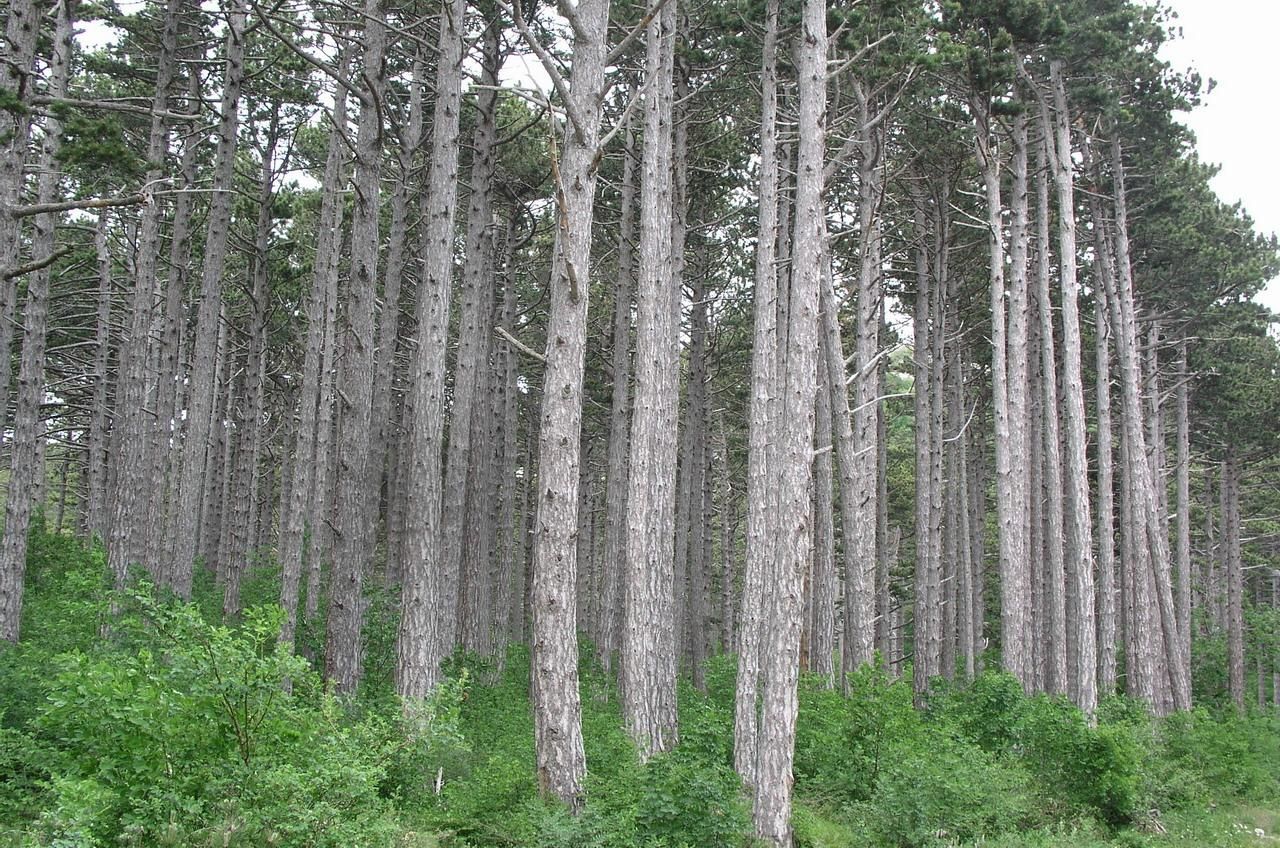
Park Prirode Velebit
This forest expansion has to do with the flexibility and adaptability of the trees and the high tolerance of different climatic, geographical and physical conditions that they possess. This third extension is result of an international research project which began in 2012. All the countries included showed dedication in mutual collaboration and future plans for sustainable management and preservation.
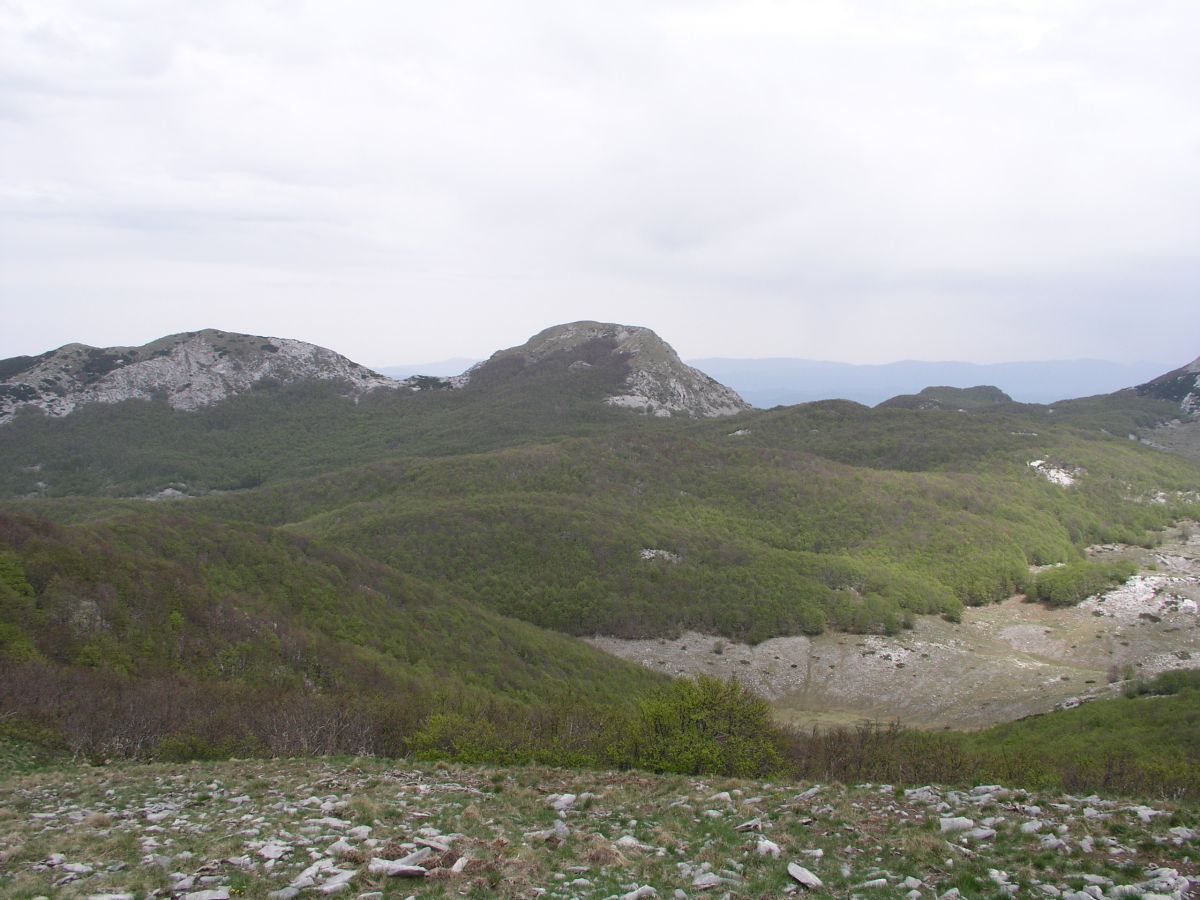
NP Paklenica
The Primeval Beech Forest as part of UNESCO World Heritage covers the surface of 58.353,04ha while the buffer zone is 191.413,09ha. The locations in Croatia which are part of inscribed UNESCO heritage cover 1.289,11ha of beech forest in Northen Velebit – the area of Hajdučki and Rožanski Bukovi and 2.031,87ha of beech forest at the location of Suva Draga-Klimenta and Oglavinovac-Javornik in National Park Paklenica. The reason why these specific forests were included is based on their geographical location, age and size.
This article will provide you with some of the most significant information about Velebit, as well as the National Parks Northern Velebit and Paklenica.
The Velebit mountain is the largest Croatian mountain range (2274 km²) and the fourth highest mountain in Croatia. It is a Nature Park due to its landscape, wide variety of geomorphological shapes and rich flora and fauna. There is significant evidence to suggest that human intervention which happened throughout the ages was always in accordance with nature (something we can be proud of).
This stunning location offers various activities like hiking, walking, cycling, riding, alpinism, climbing, cave tours, fishing, boat trips and rentals, educational trails and guided tours. On Velebit there are two national parks – the two that are now part of Beech forest UNECSO heritage. Velebit mountain and both parks are already part of UNESCO’s MAB programme – Man and Biosphere – this is a worldwide network of representative significant ecosystems which was created in 1974 and Velebit has been on the list since 1978.
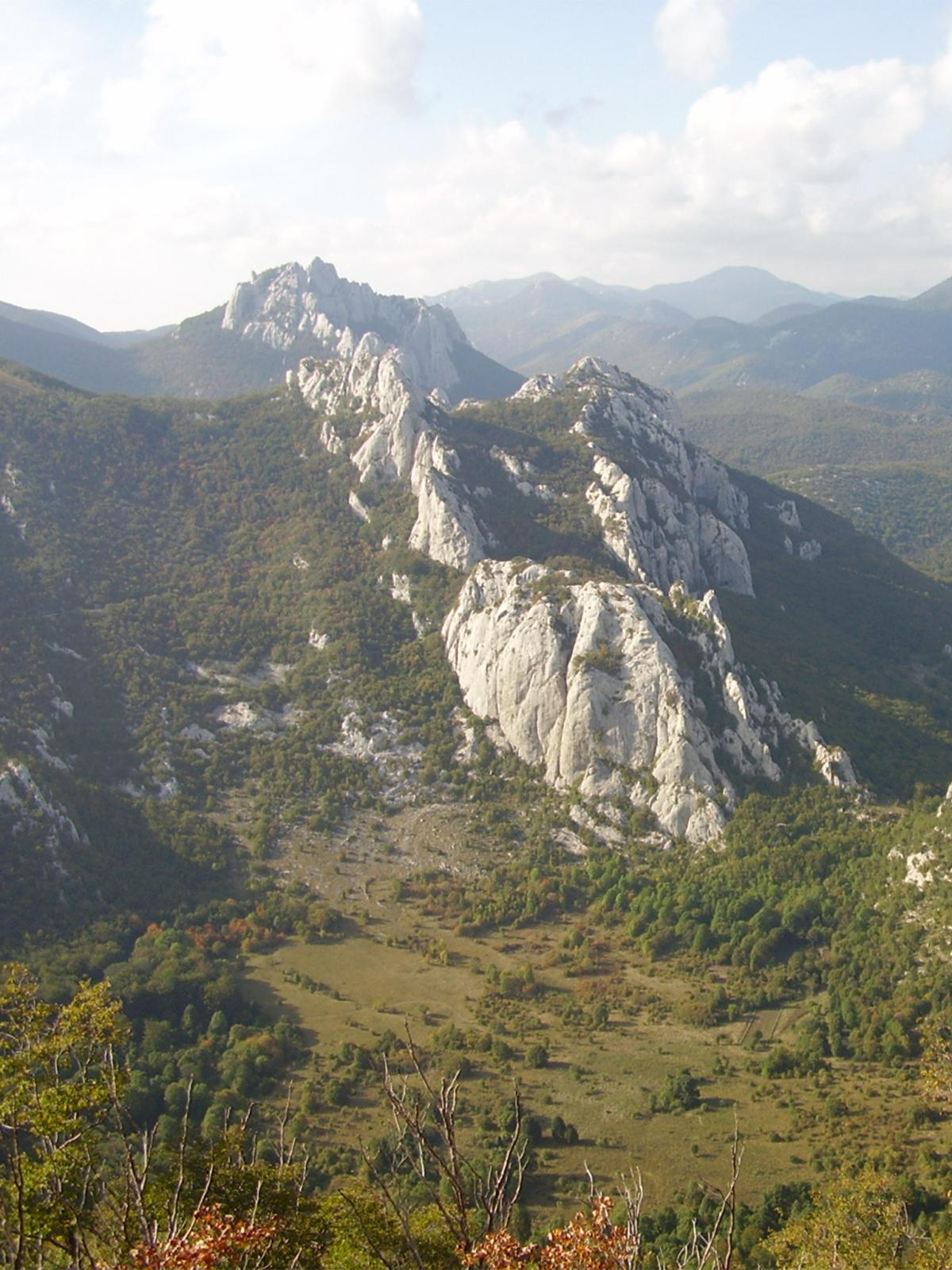
Park Prirode Velebit
The areas listed are recognised as places where solutions are promoted for a balanced relationship between the protection of biological diversity and its sustainable use through the fulfilment of three basic biosphere functions conservation function, development function and logistics function. National Park Northern Velebit was declared a national park back in 1999 and is the youngest of all Croatian national parks. The reason why this area became a national park lies in fact this region is full of preserved biodiversity, a variety of karst forms, wildlife and nature.
The nature here remains in its authentic form and although it has been influenced by people, this occurred times when human beings still coexisted entirely with nature. The park covers 109 km² of surface and some previously protected areas – Hajdučki and Rožanski Kukovi – a range of caves, a strict reserve, Visibaba botanical reserve and the botanical reserve Zavižan – Balinovac – Zavižanska kosa, which is well known as a Velebit Botanical Garden. Most of the park is covered with forest and the forests are spruce, mountain pine, pre-alpine and alpine beech.
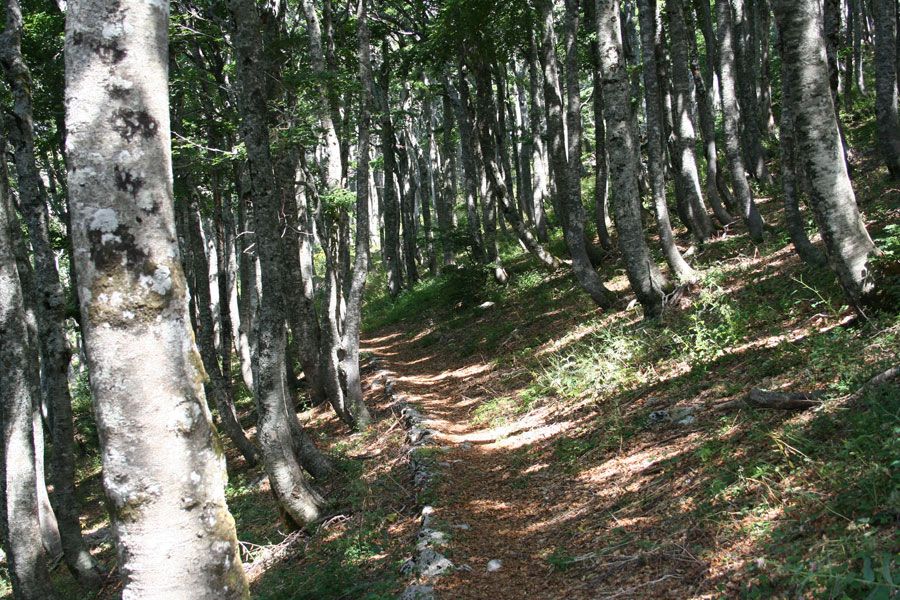
NP Northern Velebit
National Park Paklenica was declared a national park in 1949 owing to its unique flora and fauna, forests and special geomorphologic structures. The main reason was the protection of the largest and best-preserved forest complex in Dalmatia which was in real danger of overexploitation. It is located on the southern slopes of Velebit mountain and covers surface of 95 km². The altitude of the park ranges from 20 to 1757m and there are significant geological differences in ground, climate and presence of water.
Forests in Paklenica consist of black pine and several types of beech forest. Beech grows at an altitude of 1000-1450.
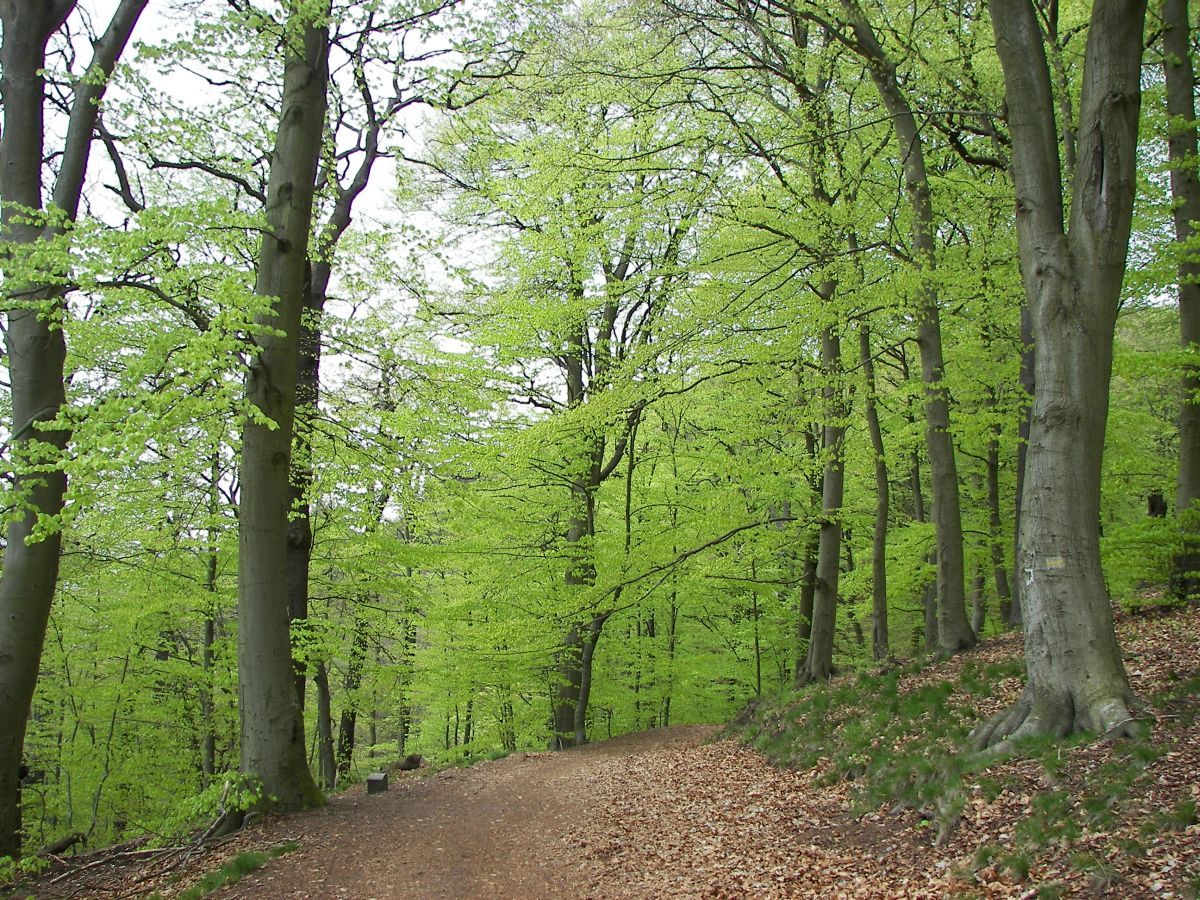
NP Paklenica
As a visitor of Northen Velebit and Paklenica you can cycle, hike, walk, climb, experience the nature, enjoy the educational trails, take guided tours and find yourself accommodation.
This, yet another deserved recognition of exquisite nature heritage in Croatia will hopefully encourage further effort in preserving the nature from potential dangers – such as the recent wildfires which burned throughout the whole summer in the general Velebit area.
This transboundary heritage should act as additional motivation to keep Croatia beautiful and attract more year-round visitors to these two national parks which don’t receive anywhere even close to the amount of attention they should, and deserve.

